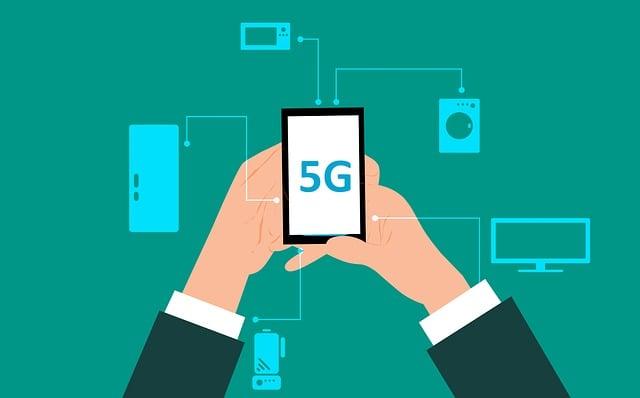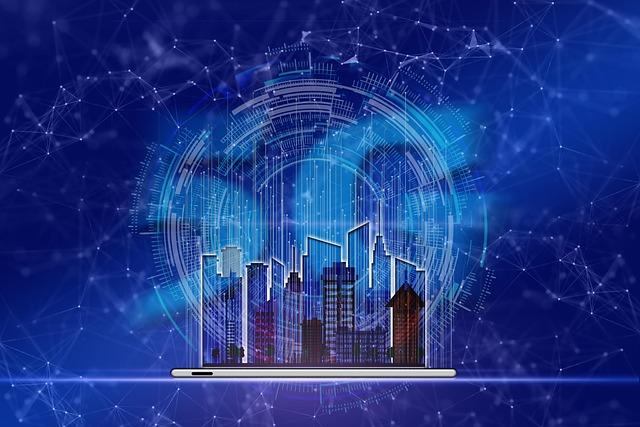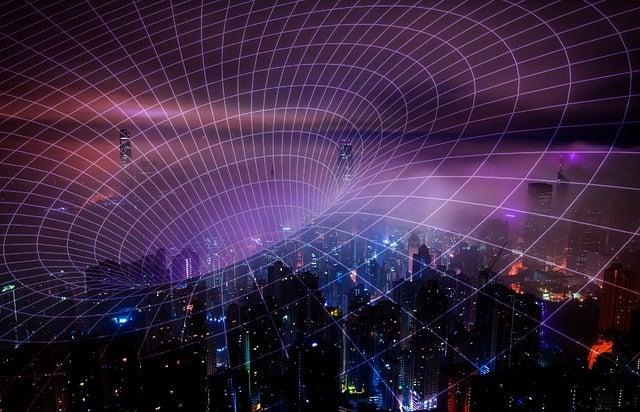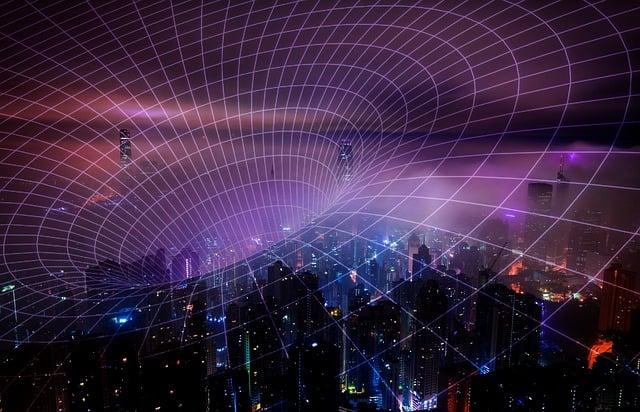Table of Contents
- Introduction
- Benefits of 5G
- Challenges of Implementing 5G
- Impact on IoT
- Security Concerns
- Conclusion
Introduction
5G technology is revolutionizing the way we connect and interact with the digital world. As the next generation of mobile connectivity, 5G promises lightning-fast internet speeds, ultra-low latency, and the capacity to support a vast array of devices simultaneously. In this article, we will delve into what to expect from 5G and how it will shape the future of connectivity.
Benefits of 5G
One of the key advantages of 5G technology is its incredible speed. With data rates up to 100 times faster than 4G, users can stream high-definition content, participate in virtual reality experiences, and download large files in mere seconds. This enhanced speed not only improves user experience but also enables new possibilities in various industries such as healthcare, manufacturing, and entertainment. Additionally, 5G's low latency ensures real-time communication, making it ideal for applications like autonomous vehicles, remote surgeries, and augmented reality.

(Image: Pixabay/@ADMC)
Furthermore, 5G networks have the capability to connect a massive number of devices simultaneously. This opens doors for the Internet of Things (IoT) to flourish, enabling seamless communication between smart devices and systems. The scalability and efficiency of 5G make it a powerful tool for building smart cities, optimizing energy consumption, and enhancing overall connectivity in our daily lives.
Challenges of Implementing 5G
Despite its promising features, the deployment of 5G networks comes with certain challenges. One of the primary issues is the need for extensive infrastructure upgrades to support the new technology. Building a robust 5G network requires significant investments in hardware, such as small cells and antennas, as well as regulatory approvals for spectrum allocation. Additionally, the high-frequency bands used by 5G have limited range, necessitating the installation of more transmitters to ensure coverage.

(Image: Pixabay/@Mohamed_hassan)
Moreover, there are concerns regarding the potential health and environmental effects of prolonged exposure to higher frequency radio waves. While extensive studies have been conducted to assess the impact of 5G radiation, some communities remain wary of the long-term consequences of widespread 5G deployment.
Impact on IoT
The convergence of 5G and IoT has the potential to revolutionize the way we interact with technology. By providing fast and reliable connectivity to a multitude of devices, 5G accelerates the development of smart systems and interconnected environments. Industries like agriculture, transportation, and healthcare stand to benefit significantly from the seamless integration of IoT devices powered by 5G networks.

(Image: Pixabay/@geralt)
The combination of 5G and IoT paves the way for advanced applications such as remote monitoring, predictive maintenance, and autonomous operations. These innovations drive efficiency, improve decision-making processes, and enhance overall productivity in both urban and rural settings.
Security Concerns
As connectivity becomes more pervasive and data-intensive with 5G, security and privacy issues come to the forefront. The sheer volume of data transmitted across interconnected devices creates potential vulnerabilities that cyber attackers may exploit. Ensuring robust encryption, authentication protocols, and secure data transfer mechanisms is paramount in safeguarding sensitive information and maintaining consumer trust.

(Image: Pixabay/@Mohamed_hassan)
Moreover, the interconnected nature of 5G networks increases the attack surface, requiring proactive measures to detect and mitigate cybersecurity threats effectively. Collaborative efforts between industry stakeholders, government agencies, and cybersecurity experts are essential to establish comprehensive cybersecurity frameworks and protect against evolving threats in the digital landscape.
Conclusion
In conclusion, the advent of 5G technology heralds a new era of connectivity and innovation. While it brings unprecedented speed, reliability, and scalability to our digital experiences, challenges concerning infrastructure, security, and public perception must be addressed to realize its full potential. By embracing the opportunities presented by 5G and proactively addressing its complexities, we can harness the power of this transformative technology to create a more connected and intelligent future.


